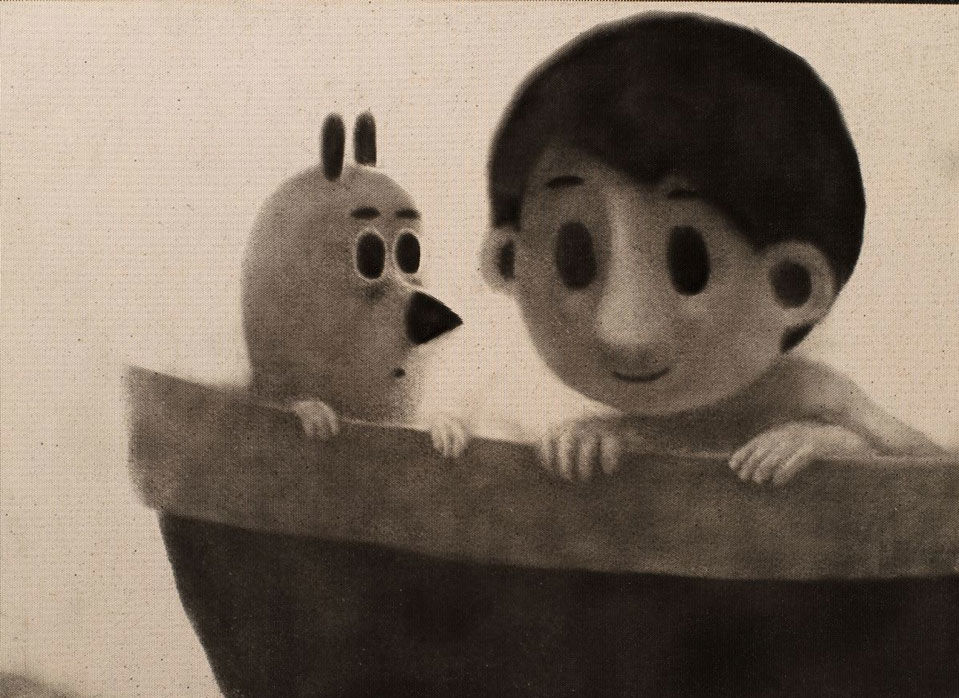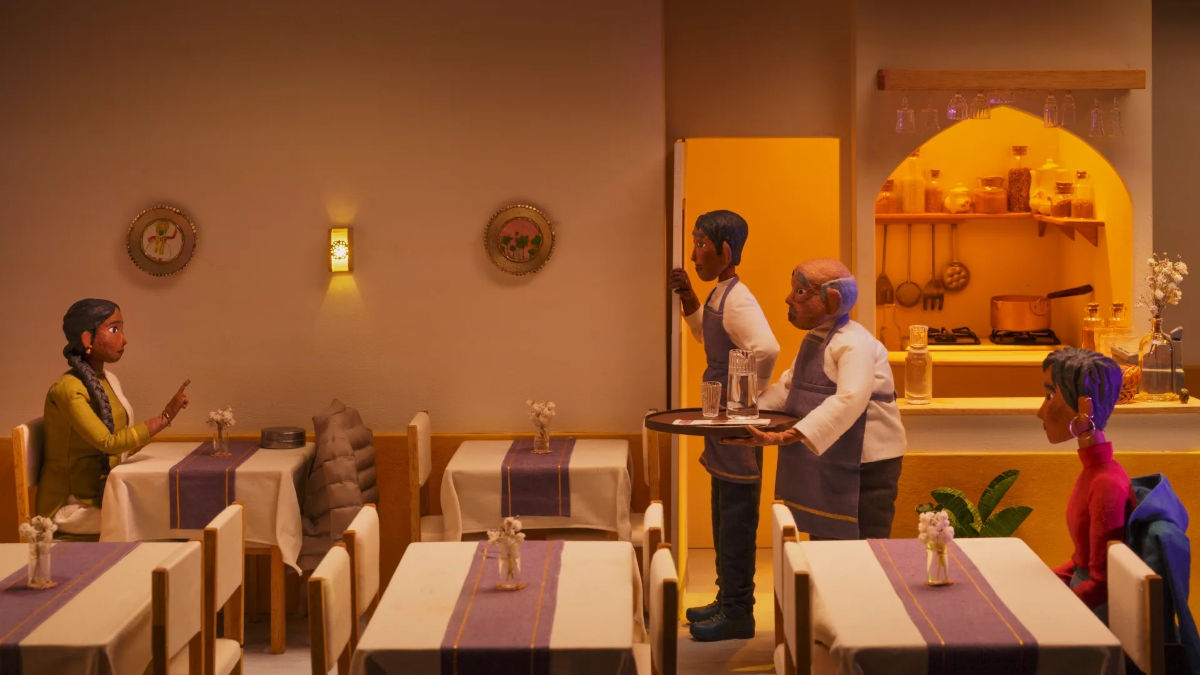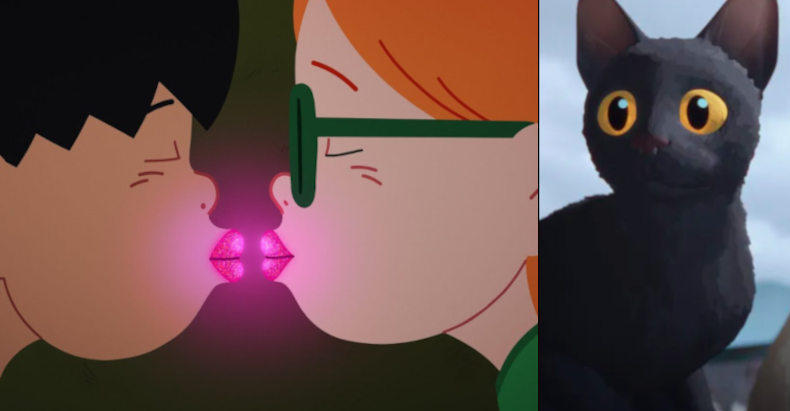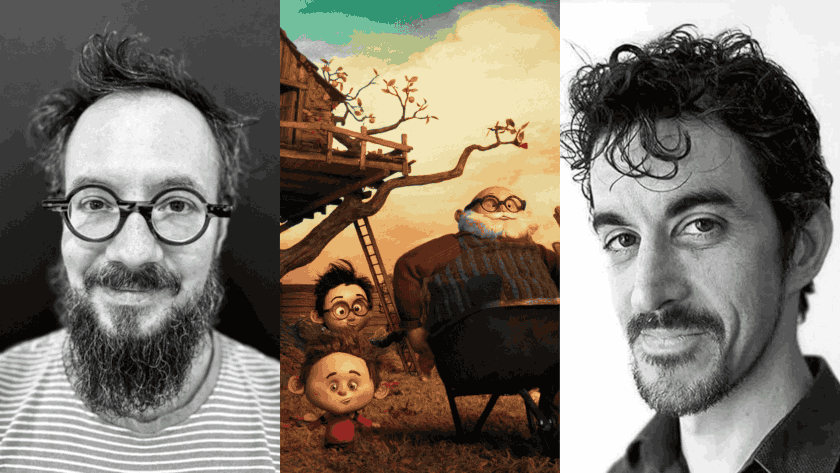A Man is Dead (Un Homme Est Mort) Review: Cinematic Solidarity
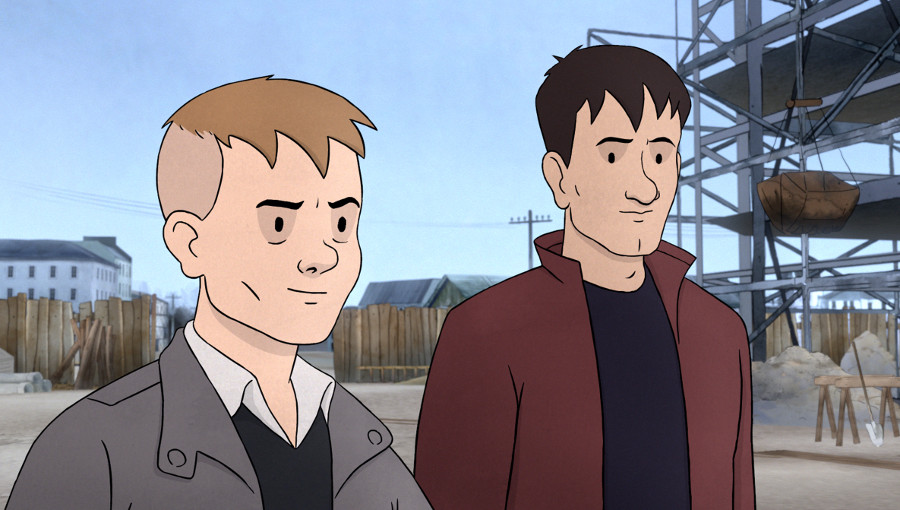
Post-war French history and geography are boned up in the refreshingly solid and inviting A Man Is Dead (Un homme est mort) by director Olivier Cossu. Headed for ARTE (a co-production between Les Armateurs and Vivement Lundi! and the support of Region Bretagne), the film presents the 1950 construction workers' strike in Brest (for better wages) and its bloody aftermath.
In an environment that invokes the German cities of post-WWII era 'rubble' films (Rossellini's Germany, Year Zero is easily brought here to mind), the numerous but still powerless French CGT union strikes for better wages. Red affinities convey solidarity, but the worse is yet to come. When the worker Édouard Mazé is shot in the head by cops, CGT seems to be divided on the action to follow: will retaliation be the next move or perseverance in their strike will suffice to bring the desired result?
The script (by Kris, Guillaume Mautalent and Sébastien Oursel) lingers on Tiny Zef (P'tit Zef) character; Tiny Zef (Clet Beyer) is an almost illiterate, shy and hot-headed worker at the same time, but very easy to trust. With his friend Édouard dead, Tiny Zef and his physical supplement, the big and calm Désiré (Tangi Merien), need something to get them going along. Their alway reliable copine Paulette [Rose-Hélène Michon] (also Tiny Zef's love interest) is there to help; her father, however, an umbrella seller (and a wannabe artist), is against anything to do with the strike. The general mourning atmosphere that ensues leaves the small group of friends unaided.
The solution comes from cinema and he filmmaker René Vautier (Achille Grimaud). The French militant filmmaker, author of the first anti-colonial film (Africa 50, 1950) gets his own animated treatment. Interviews become newsreels and traveling cinema material in France..
Alternating between the traveling cinema effort and Tiny Zef's story, the film loses its focus in the second act, to find a renewed (and more impassioned) vigor in the final confrontation of Tiny Zef with his own, inner demons. The film's theme would invite powerful and heavily dramatic confrontations between the police, the authorities and the workers. Wisely, Olivier Cossu sticks to the graphic universe of Étienne Davodeau (whose 2006 graphic novel is the source of the film), and presents a more subdued but empathetic environment of solidarity. What matters here are the consequences of a city destroyed in the war ('by Yanks and Brits', as one character says); the city itself cannot now prevent further exploitation acted upon its citizens.
The color palette of grays and browns and the constant camera tilts and pans sometimes make Brest more prominent than the main characters themselves. It's misery and rain all around - on the other hand, there are always interestingly designed characters in each frame; community is king here, even when the greatest contemporary local event is attending a funeral. A Man is Dead will not use the heightened realism of other political animation features (like Folman's Waltz with Bashir or Juan José Lozano's and Sergio Mejía Forero's Sabogal); animation here (a hybrid of 2D/3D, rendered in 2D) serves a down-to-basics realistic design approach. In turn, this serves a mid-tempo story, which features a suggestive soundtrack of Yan Volsy and Pablo Rico. Misery but not despair is the motto: even romantic glimpses of the kind The Umbrellas of Cherbourg would have can fit into the subtext of A Man Is Dead.
The title of both the graphic novel and the film are here fittingly borrowed from Paul Éluard's 1944 poem, Au rendez-vous allemand. The poet himself is depicted in the film in a brief Paris sequence, in order to celebrate recordings made from the heart.
Filmmaker René Vautier and his own ideals and character is somehow unduly eclipsed in the film, which otherwise connects cinema projection with a grassroots, communal approach. A Man Is Dead can be read as the adventure of how to really become part of your own community (instead of just propagating its virtues). It is a story surely told many times before, but it's also welcome here as well.
Un homme est mort (A man is dead) is headed for a primary ARTE release in 2018.




